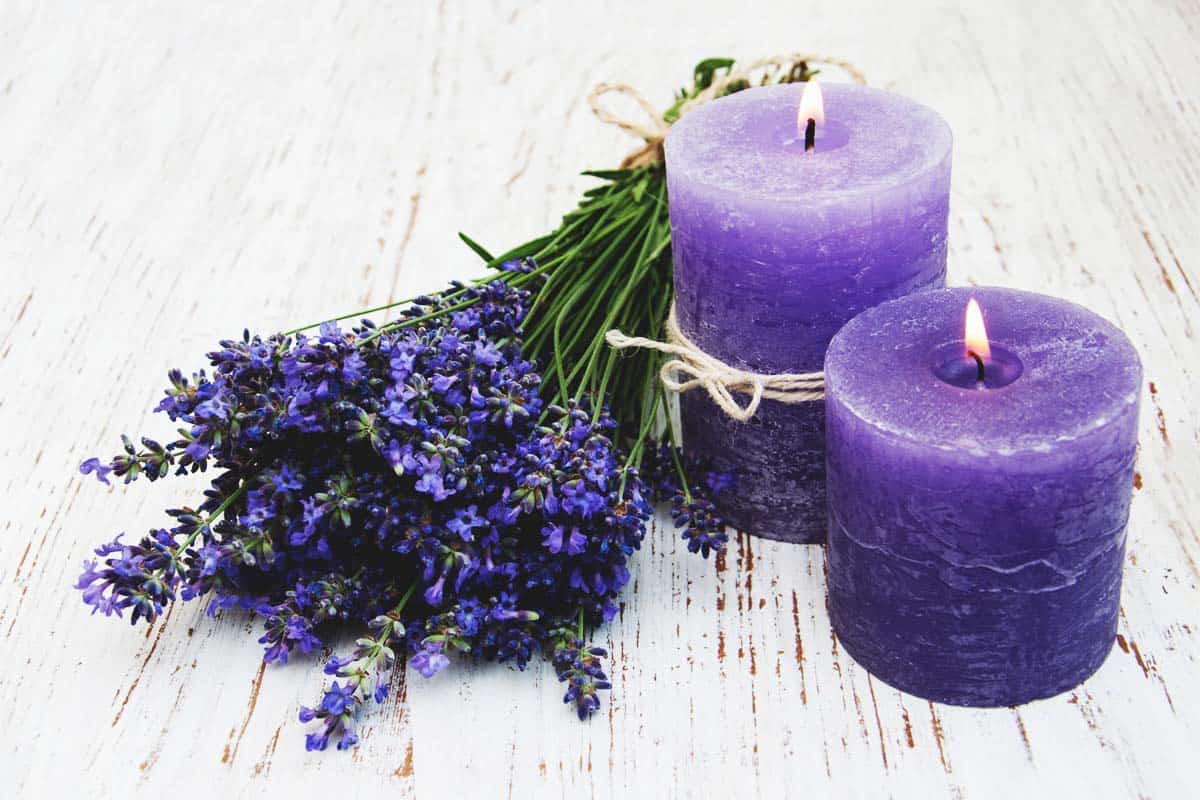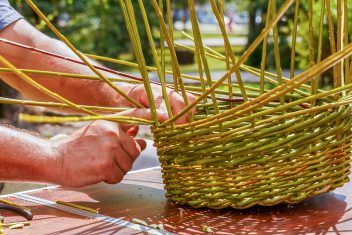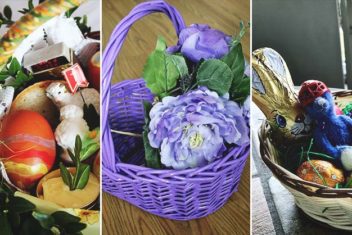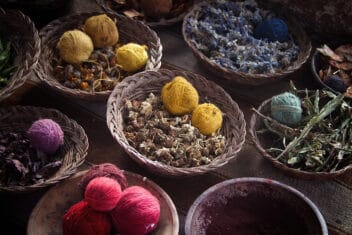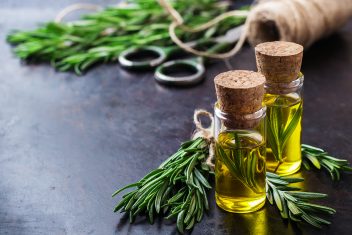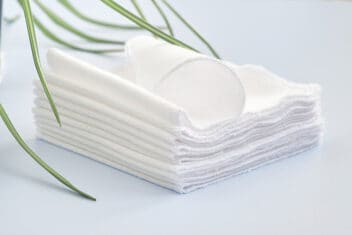I love finding new and practical ways to use the herbs from my garden – especially ways that I can use for gifts or enhancing my home. Candles are one of those do-it-yourself crafts that fit the bill. Over the years, I’ve figured exactly which are the best herbs for making scented candles to fill my home all-natural scents.
Many of us think of self-sufficiency as only being about food. I like to extend that concept by making things that help around the home. Candles are practical as they can be used for light in an electric outage, to contribute to your health and wellness, or just to make a room smell nice and homey.
While you can always make a candle without herbs, I think adding some lavender or rosemary to the wax is a special treat. The heat releases the scent from the herb’s oils, which not only smells nice, but can have health benefits as well. It’s also a smart way to use up extra herbs that you may have at the end of the growing season.
Candles make a wonderful homemade gift for friends and family. In addition, candles make a great value-added product that you can sell at farmer’s markets.
This article will show you the best herbs for scented candles, along with some tips for making jar or orange peel candles to get you started.
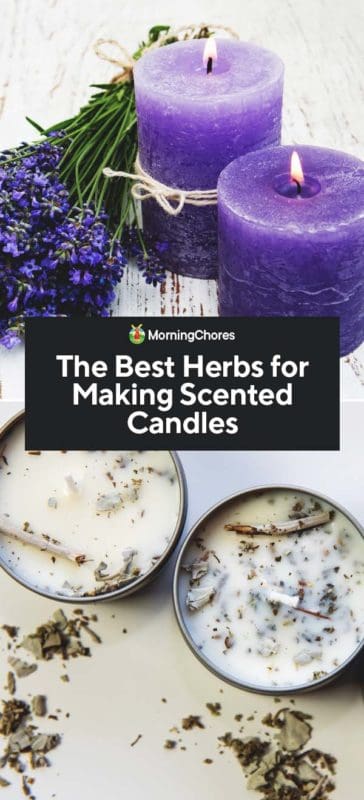
The Importance Of Scent
Scents are an important part of any candle. They make the room smell pleasant and can cover up annoying household smells. Think wet dogs on the farm, for instance.
Scents can also be used as part of aromatherapy. The smell of lavender can help you relax after a stressful day. Other scents are as good as coffee in the morning and can make you feel energized and ready to start your day.
The Best Herbs for Scented Candles
As every gardener knows, herbs all have different scents and medicinal qualities, so experiment with single herbs or blends to find out which ones you like best in your candles.
1. Rosemary

Rosemary is from the Mediterranean area of Europe and likes full sun and sandy soil. It doesn’t handle the cold too well, but thrives in a greenhouse or as a potted plant.
Rosemary has a fresh, pungent smell that wakes up a room. For a stronger scent, crush the rosemary leaves before you add them.
You can also put in a couple of whole dried sprigs in the wax to add visual interest. To do this, harvest sprigs of rosemary that are at least six inches long. Hang dry for two weeks. You can also dry in a dehydrator. Glue the sprigs to the inside of the jar under the wax line. Then, pour in your wax.
2. Thyme
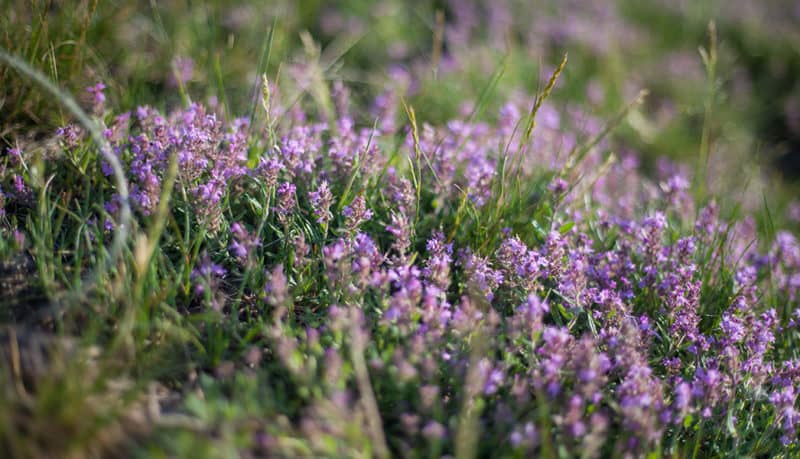
Thyme is a fuss-free herb that grows in zones 4 -9. It tolerates partial shade and its low growing habit makes it ideal for rock gardens.
With a strong, herbaceous smell, thyme is known as a cleansing herb. It brings a fresh woodsy fragrance to your room. Make sure your thyme has plenty of air circulation while it is drying as it can mold easily.
3. Lavender
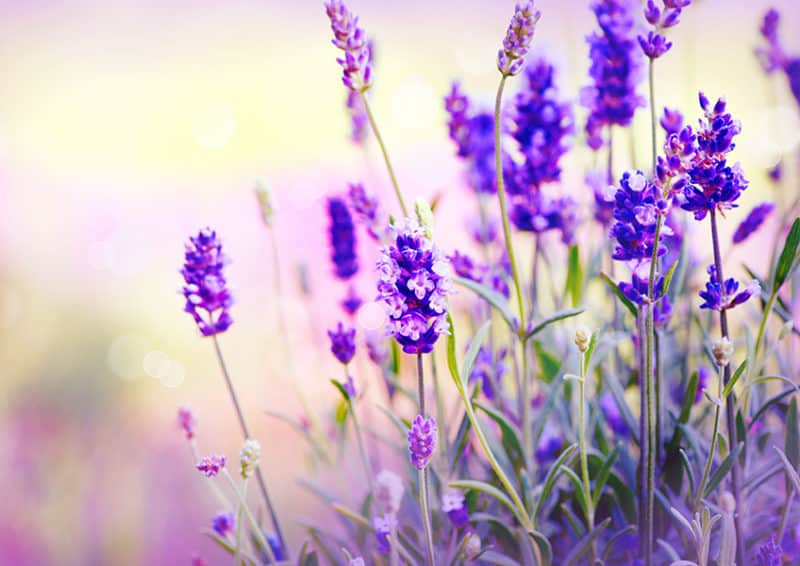
Lavender enjoys a sunny location in zones 5-9. It grows best in well-drained sandy soil. If, like me, you have thick clay soil, try adding some sand, or try growing lavender in raised beds or pots.
Soothing and relaxing, lavender has a reputation as a calming herb. There’s evidence that it can relieve anxiety, insomnia, headaches, and pain. Lighting a lavender candle after you come in from a hard day’s work is heavenly.
Lavender leaves are a great addition to a scented candle – but don’t forget the flowers. You can dry the blossoms before they open and then glue them to the inside of the jar before you pour the melted wax.
Harvest lavender in the early morning and hang upside down to dry for several weeks. You don’t want to use fresh leaves in your candles or they may mold.
4. Chamomile
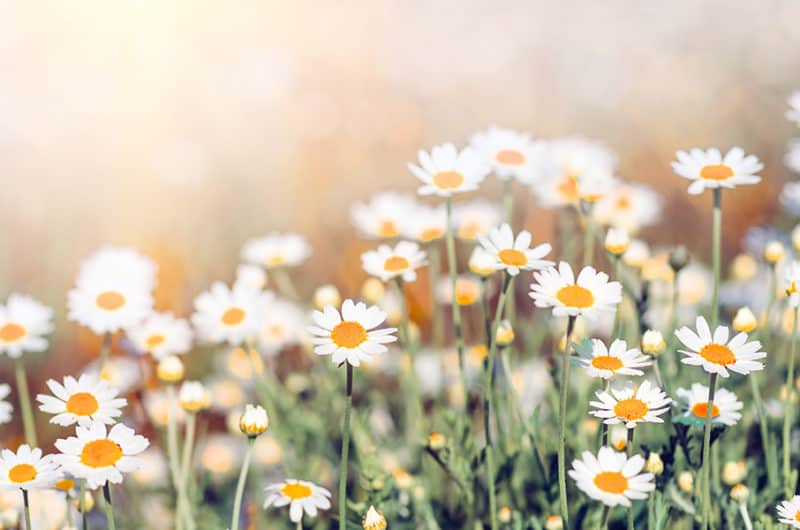
Soothing chamomile is a staple herb for not only scented candles, but for tea, and medicinal uses as well. It grows in zones 3-9 in full sun to part shade.
It’s ideal in soothing candles where you want a more subtle scent. Blend the flowers with lavender, apple, or sage.
5. Lilac

Technically lilac isn’t an herb, but it’s so wonderful in scented candles that I’m making an exception to include it here. Lilac grows in zones 3-7 in full sun, and has the most pungent, sweet scent that always reminds me of spring.
You can always find artificially-scented lilac candles at the store, but candles made with the real thing are on a whole other level. Mix it with orange or rosemary to cut down on the sweetness.
6. Cornflower
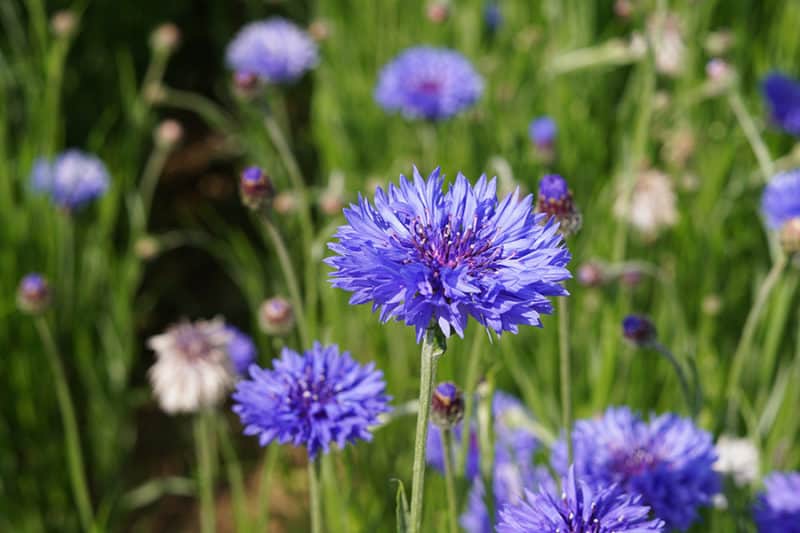
Cornflowers have a peppery, earthy scent that I find lends itself perfectly to candles. You can grow them as an annual in just about any zone as long as they have plenty of sunshine.
While cornflower is a lovely herb for scented candles, I think it’s a particularly nice addition because it looks so pretty in or on the outside of a candle.
7. Licorice
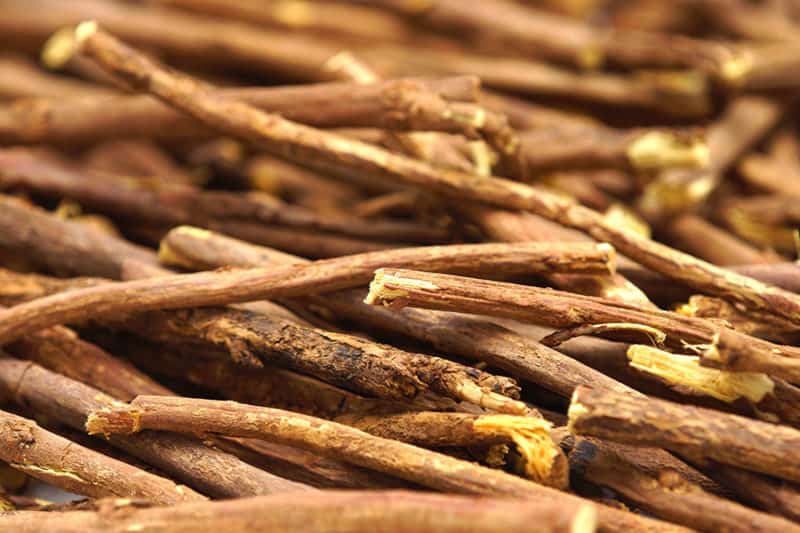
Licorice is a lesser-known herb for scented candles, but it deserves more attention. It grows in zones 6-11 in full sun or part shade.
The root adds a touch of sweetness without being too sugary. I like to mix it with cardamom and anise for a candle that is good enough to eat.
8. Anise
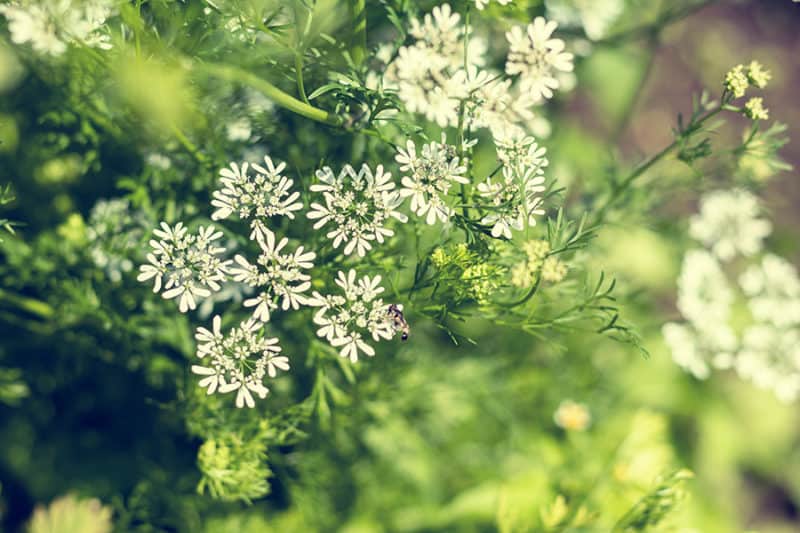
Anise grows in zones 4-9 in full sun, and the lacy leaves look pretty in the garden. When it comes to harvest time, the dried seeds lend a licorice-like scent to a candle. I like to grind up the seeds and blend them into the wax.
9. Sage
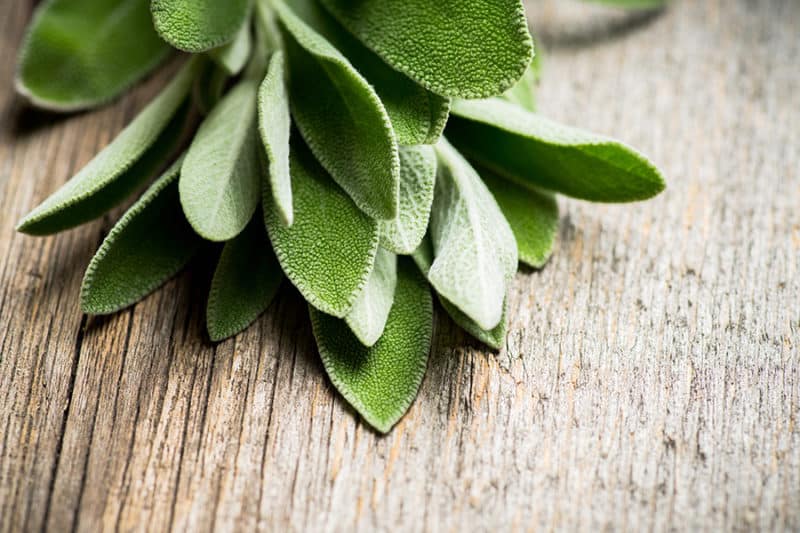
Sage is a sun-lover that grows in zones 5-9. It’s one of those drought-tolerant plants that I never have to baby throughout the year. When it comes to crafts, I think sage is one of the best herbs for scented candles. That’s because you can use the whole, dried leaves as decor inside the wax, and the crushed leaves make a delicious scent on their own.
I also find that sage compliments so many different kinds of other herbs and other plants. For instance, it works well with sea salt, citrus, teak, eucalyptus, lavender, and cedar, to name a few.
10. Lemongrass
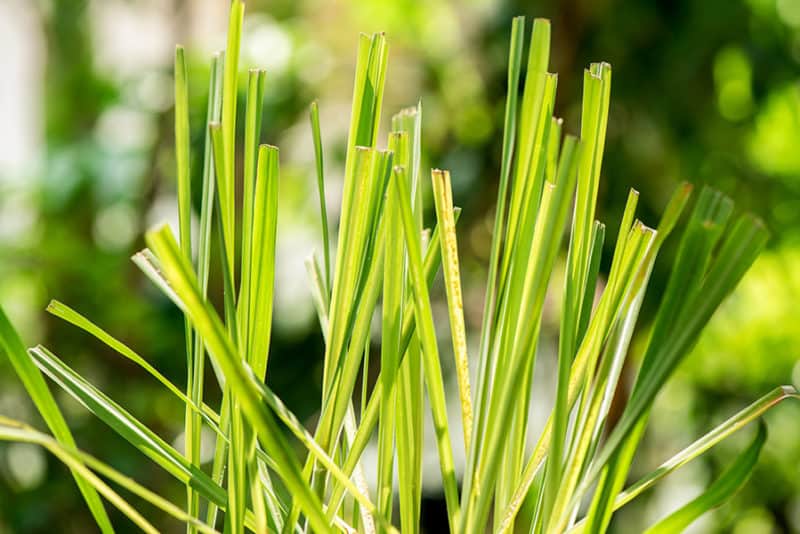
If you live in a warmer area, lemongrass is an easy-to-grow plant with a subtle lemony scent. You can mix it with coconut for a candle that brings to mind a tropical vacation.
Use Your Imagination
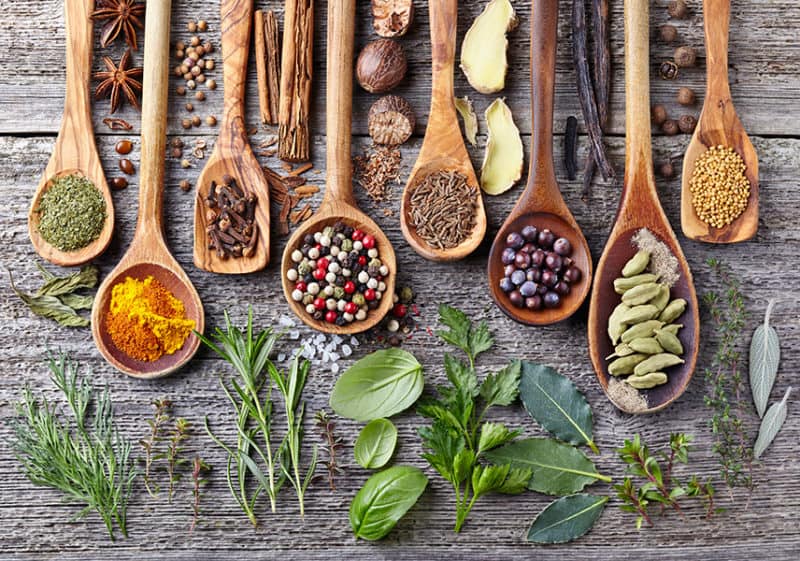
There are many herbs that delight our senses that may not be the first thing you think of when making scented candles. Lemon basil, pineapple sage, and apple mint come to mind. You can even experiment with flowers and plant leaves. Roses are popular, but what about tomatoes or witch hazel leaves?
You can make your herbal candles even more flavorful by adding other plants, too. You can bring a hint of the tropics by using a peel from fruits like orange, lemon or lime. Or use eucalyptus for a spicier scent.
Spices like cinnamon and cardamom are classics, while cedar, pine, and vanilla are holiday favorites that work well with a variety of herbs.
Best Wax
There are a lot of different waxes out there for candle making. You want to choose a wax that is natural – like soy wax and beeswax – that won’t emit chemicals when you burn it. You can purchase organic options or make your own beeswax if you have hives.
Paraffin wax is cheap – but dirty. Paraffin is a by-product of the oil industry. Studies have shown that it emits harmful substances such as toluene and benzene. These two chemicals have been linked to respiratory illnesses.
Best Wicks
When I first started making candles I thought any piece of yarn or string would do as my candlewick. Not so. The wick has an important job and you want it to burn clean without making smoke.
There are many types of wicks. Some wicks are a single strand and some are braided. Most wicks are round, but square wicks are popular with people who use beeswax. It’s important to size your wick for the jar you plan to use. There are a variety of online guides to help you match the wick to the jar.
DIY Mason Jar Candle
This is one of the simplest candles you can make and my preferred method. It’s a good way to incorporate the best herbs for scented candles because it lends a homey, country vibe, and when you add a ribbon or bow around the jar, it makes a delightful old fashioned gift. It also makes it easy to add in the herbs and spices.
Mason jars ideal for candlemaking because they’re heat resistant and have a wide mouth. Both the half-pint and pint jelly sizes work.
Tools and Ingredients
- Mason jars
- Soy candle-wax flakes or beeswax flakes
- Candle wicks
- Scissors
- Hot glue gun or glue tabs
- Metal pouring pot and saucepan or double boiler – wax can be tricky to clean so use an old pot or have a dedicated candle making pan
- Herbs, spices and or essential oils
Steps for Making Jar Candles
- Trim your wick so that it is a few inches taller than your jar.
- Using a glue gun or tabs, fix the tapered end of the wick to the center bottom of the jar. Another trick is to tie the wick to a craft stick then place the craft stick over the jar so the wick hangs down in the center of the jar.
- Add about two tablespoons of your chosen dried herb to the bottom of the jar.
- Weigh your wax according to your recipe. You can also fill your jar with the flakes and use that as a guideline. Place the wax in the pouring container or top of the double boiler – not with the water. It takes approximately one pound of wax for a pint-sized mason jar.
- Place water in saucepan or bottom of a double broiler. Bring the water to a simmer. Place your pouring container with the wax in the pot of warm water. Allow the wax to melt.
- Don’t leave melting wax unattended! It can easily burn. Stir the wax frequently so that it melts evenly. You can use a candy thermometer to make sure the wax gets to about 170°F.
- Let the wax cool for about twenty minutes. It should be about 140 before you pour it into the jar. At this stage, you can add any essential oils into the wax and stir well. Add about 1/4 teaspoon per pound of wax and stir it in well.
- Pour the wax slowly and carefully, making sure the wick stays in place.
- Allow the candle to settle for 24 hours before moving or using it. Lastly, trim the wick to about an inch from the wax.
- If you plan to keep your candle for later use or gift-giving, cover it up to keep the scent from evaporating. This is easy if you have used a mason jar. Just put on the metal lid.
Make an Orange Bowl Candle
You can repurpose an orange peel into a candle for a fun project. Not only does this method create a uniquely-shaped candle, but it adds a hint of orange to your herbal wax filler. To make:
- Cut the top third off the orange.
- Use a knife to scrape out the orange pulp and the skin. Try not to puncture a hole in the rind.
- Place your fruit rinds on a baking dish. You can add some dried peeling from your orange top to the orange candle.
- Measure your wick following the tips above.
- Follow the steps 5 -7 under making jar candles to melt your wax.
- After the wax has melted, add your dried herbs.
- Pour the wax slowly into the rind.
- Let everything cool.
- These candles are perishable so burn them within a few days.
Take Away
Candles are an easy and fun DIY project, and using herbs from your garden only makes them more special. Whether you use them as gifts or to spice up your home, growing the best herbs for scented candles will set you on the road to making a special treat.
